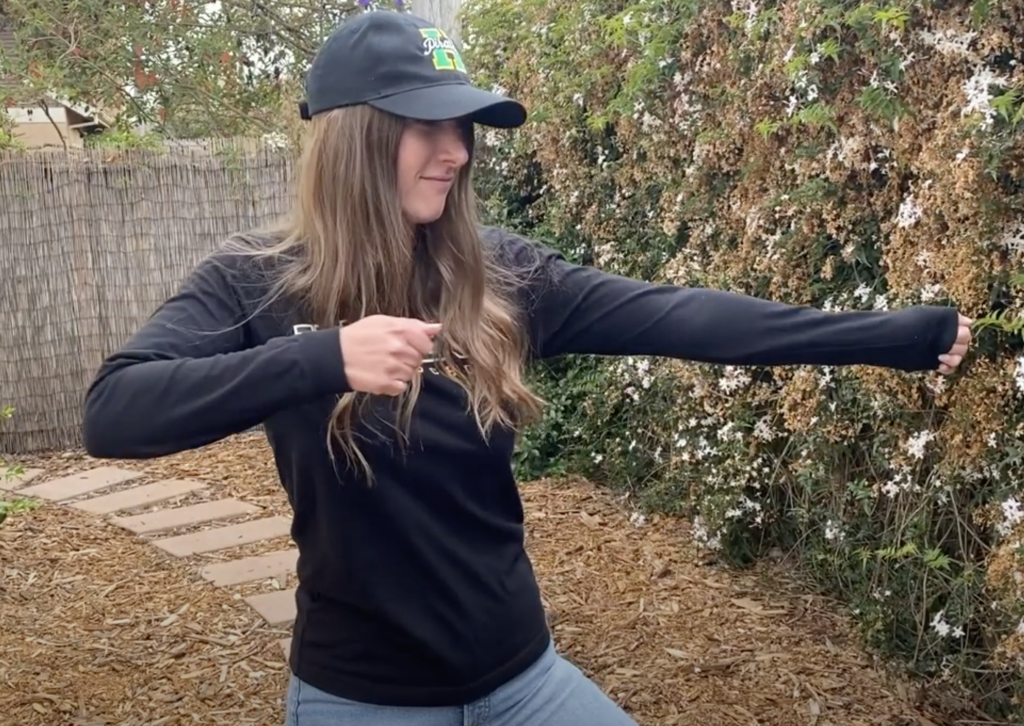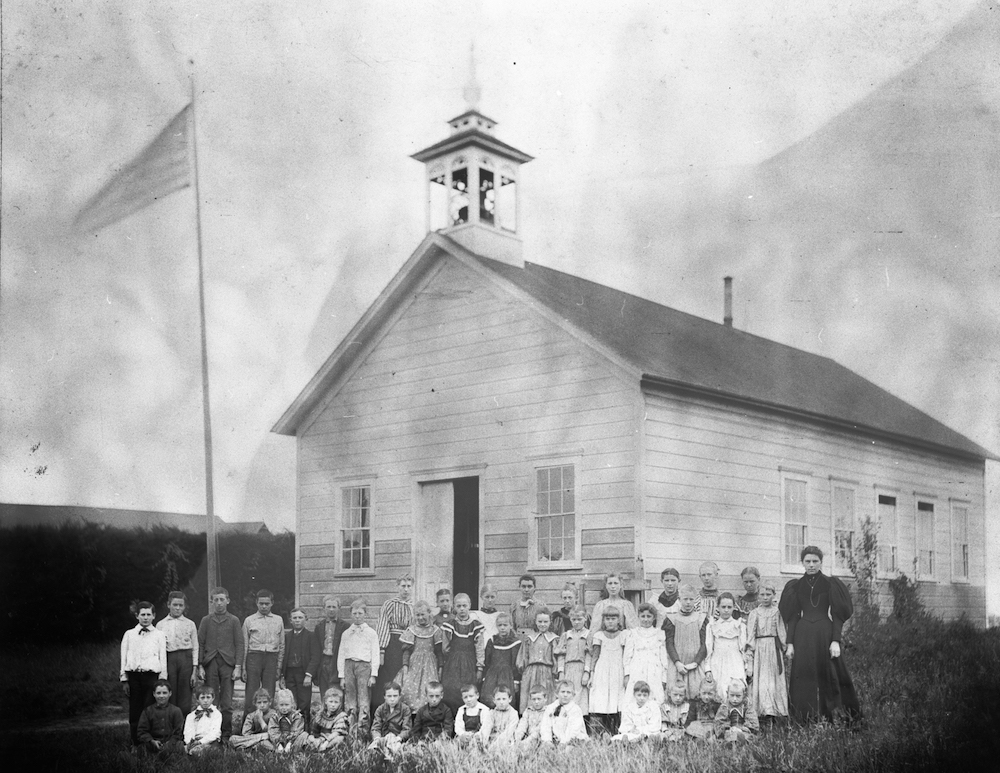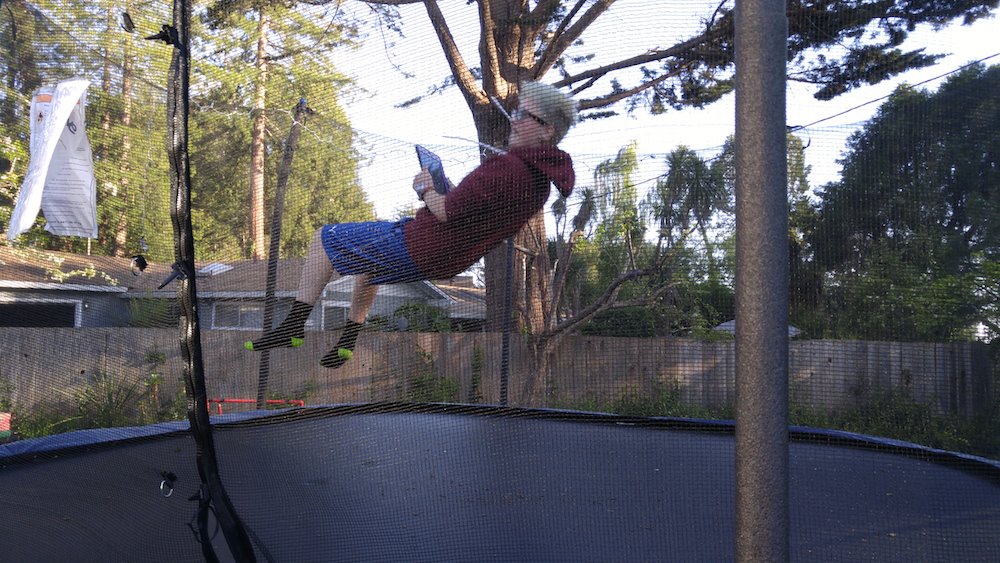Longtime readers know that my family has used almost every type of educational approach for our kids. We like to joke that the only type of school that we haven’t tried is Christian Military Academy!
My younger son is currently about to graduate from a mainstream public high school (his choice), and I have to say, I have been pleasantly surprised at how well they have handled this crazy situation that was dumped in their laps. I’ve heard lots of complaints from parents in other districts, but I share none of them. It’s not perfect, but my son’s teachers got well-trained, really quickly, and they are trying hard.

They’re even making embarrassing videos.
One of the things that our district is doing really well is parent communication. OK, perhaps they are overdoing it: I don’t actually need a text message to tell me to read my email!
This week they asked for parent input through ThoughtExchange, a nifty little tool for exchanging ideas.
I had one thing to say and I hope I said it well: the public school system needs to be more flexible.
Rooted in tradition is not necessarily good
Public schools have not grown organically. They were formed on a specific model of learning, and all changes have taken place as if that model is not worth questioning.
When people have come up with better ideas that built on top of that model, they were tolerated. The charter school system, for example, was built on top of the standard public school model.
When people have come up with ideas that require throwing that model out the window, like the great educational thinker John Holt, for example, public schools would have none of it. They had certain tenets that would not be questioned:
All students must learn in age-homogeneous groups.
All students must be required to be on campus a minimum number of hours.
All students must study state-mandated curriculum.

Enter the quarantine
This pause in school-as-usual can be seen two ways:
It can be seen as an irritating interruption, to be gotten past as soon as possible.
Or it can be seen as an opportunity.
I prefer opportunity.
Integrate home and school
Kids do better emotionally when they feel nurtured, loved, supported—all that stuff they have in a healthy home. We have cut families out of schools by design, and yet principals wail about lack of parent participation. Schools are simply not designed to be emotionally healthy and integrated with home life.
Now that we’ve got parents and home intertwined with school, let’s not give that up.
Stop demonizing alternatives

When you judge a fish by how well it climbs a tree, the fish comes out looking pretty lame. Alternative schools are for kids who need alternatives. That means that the alternative will not reflect the demographic make-up of the surrounding district. When students and families choose schools, they make choices based on themselves, not the society they live in.
Yes, we should make sure that all choices are open and welcoming to all families, but districts need to allow for differences. For example, stop demonizing a program that attracts struggling students for its low test scores.
States have to stop assuming that all cultural groups are the same. Programs that suit the unique needs of a cultural group are not equivalent to racism. Equal education does not mean the same education.
Principals have to stop coming into schools and trying to strip the individualism out of the school in the name of “quality.”
Offer maximum flexibility
In a world where families can choose 20 different types of toothpaste, education is presented as a monolithic single choice.
That doesn’t fit with our culture. Some students, certainly, not only need to be at school for the allotted time but also need aftercare. Some students thrive in standard curriculum with a typical school day schedule.
But many students don’t. Parents around the country are remarking on the positive changes they are seeing in their children:
My kids are learning so much more at home.
My teen is sleeping—finally! And waking up a reasonable human being.
My kid who was bullied has had a huge dip in her anxiety level.
We started following my kids’ interests and suddenly they love education.
Live and LEARN
If public school administrators and teachers don’t learn from this experience, they’re in the wrong profession. Teachers talk about creating lifelong learners—this should be the goal of everyone. We should all look at this situation and see what we can take away from it that is positive and good.
I was happy to see that I wasn’t the lone voice for thoughtful reconsidering of what school should be in the ThoughtExchange conversation initiated by my district. Let’s make sure the districts hear our voices, and don’t think that reversion to the status quo is any sort of achievement.
Resources:
- Cuomo questions why school buildings still exist — and says New York will work with Bill Gates to ‘reimagine education’
- What lessons from the coronavirus pandemic will shape the future of education?
- Need to teach online? Here are a few pointers from someone who does it every day
- Temporary homeschooling tips


